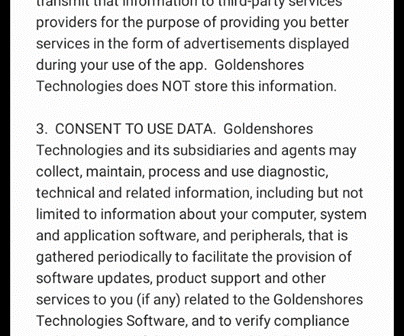Beyond DevSecOps: Why fintech companies need to consider DevSecRegOps
CIO Business Intelligence
OCTOBER 31, 2023
It’s no secret that banks and fintech companies must meet compliance and regulatory standards that are much stricter than what traditional tech companies are forced to comply with. As a practice, DevSecOps is a way to engrain practices in your SDLC that ensures security becomes a shared responsibility throughout the IT lifecycle.

















Let's personalize your content